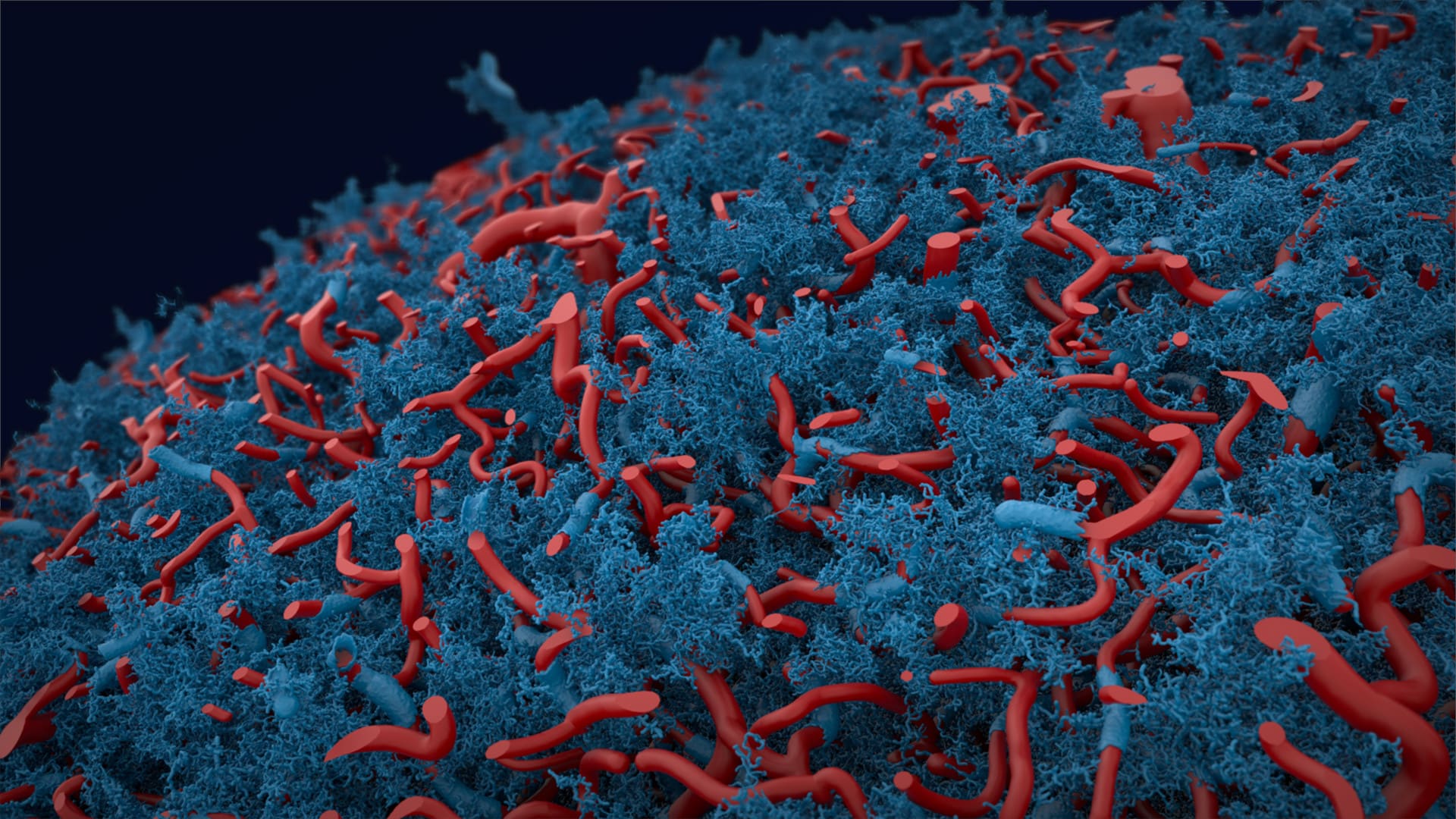The brain is an efficient, but also energy-demanding organ. While the importance of the brain energy metabolism has been recognized for decades, a complete understanding of the metabolic processes supporting and constraining the brain function remains elusive.
We built a biologically detailed bottom-up reconstruction and simulation of the NGV Unit and the rat neocortical microcircuitry energy metabolism driven by its electrophysiological activity and constrained by bidirectional feedback.
A multitude of reactions define energy metabolism at the molecular level. The metabolism simulation features the most important biochemical pathways that provide the brain with the energy for complex neuronal activity. It includes glycolysis, pentose phosphate pathway, tricarboxylic acid cycle, oxidative phosphorylation, astrocytic glycogenolysis, malate-aspartate shuttle in the neuron, as well as the processes of glutamate, GABA, glutathione and creatine metabolism. The system of differential equations describes dynamically changing concentrations of more than 150 metabolites in neurons, astrocytes, extracellular space and capillaries. Neuronal and astrocytic reactions are located in the cytosol and mitochondria. The model is validated against published data, including the BOLD signal, OGI, and concentrations of metabolites.
We simulated the neocortical microcircuitry coupled to the metabolism. To achieve this goal, we provided every neuron in the neocortical column with type- and layer-specific metabolism model. Bidirectional communication between the electrophysiology and metabolism simulation allows us to impose metabolic constraints of the circuit function and at the same time, to use changes in ion currents and concentrations, membrane potential and synaptic events as demand for the energy. Simple blood flow is part of the model.

